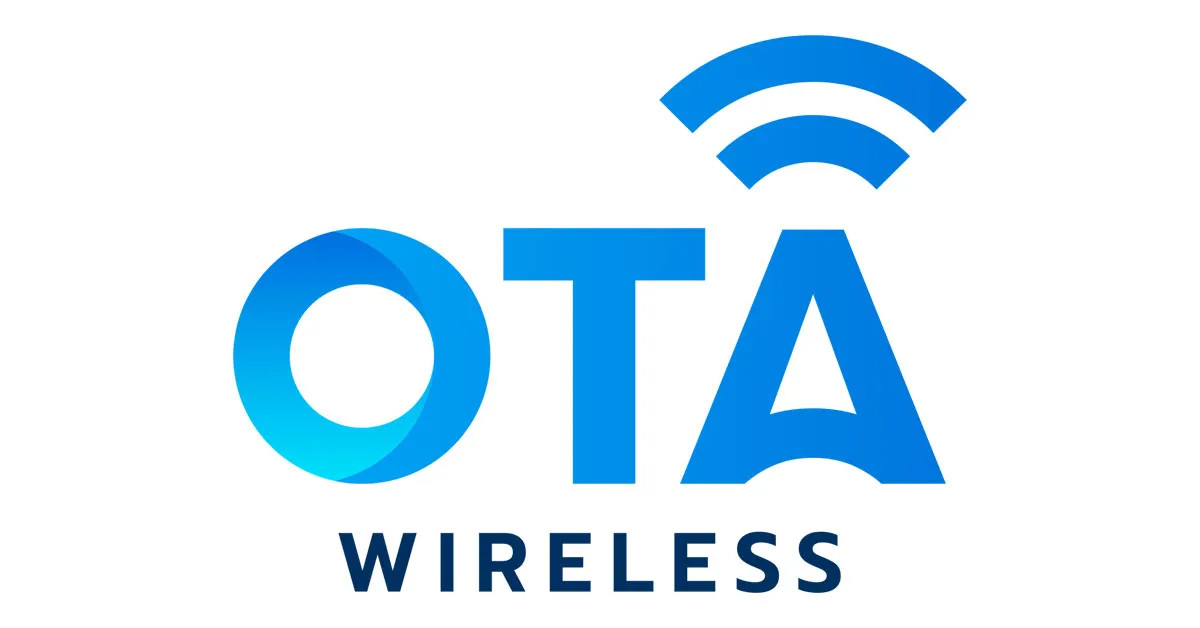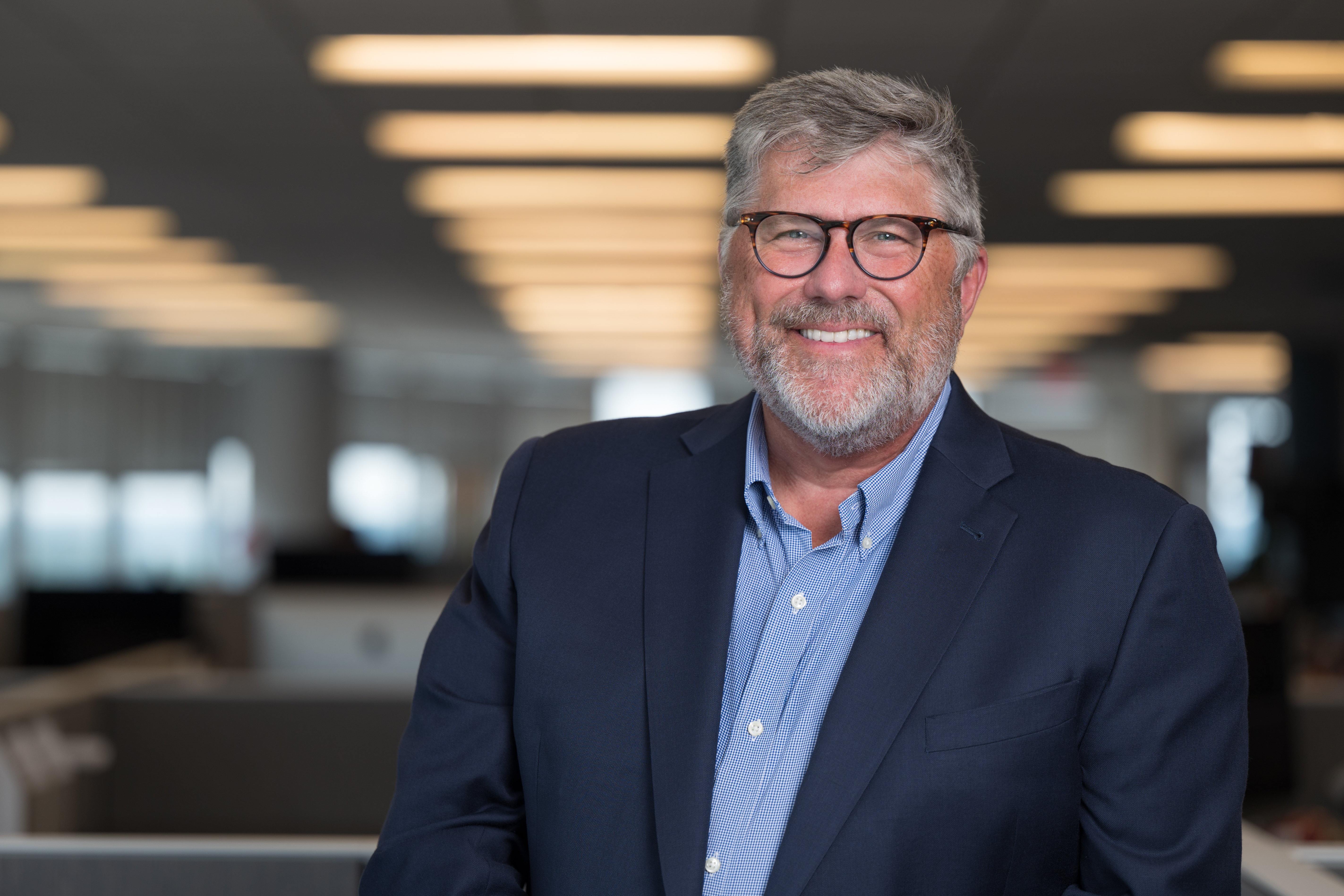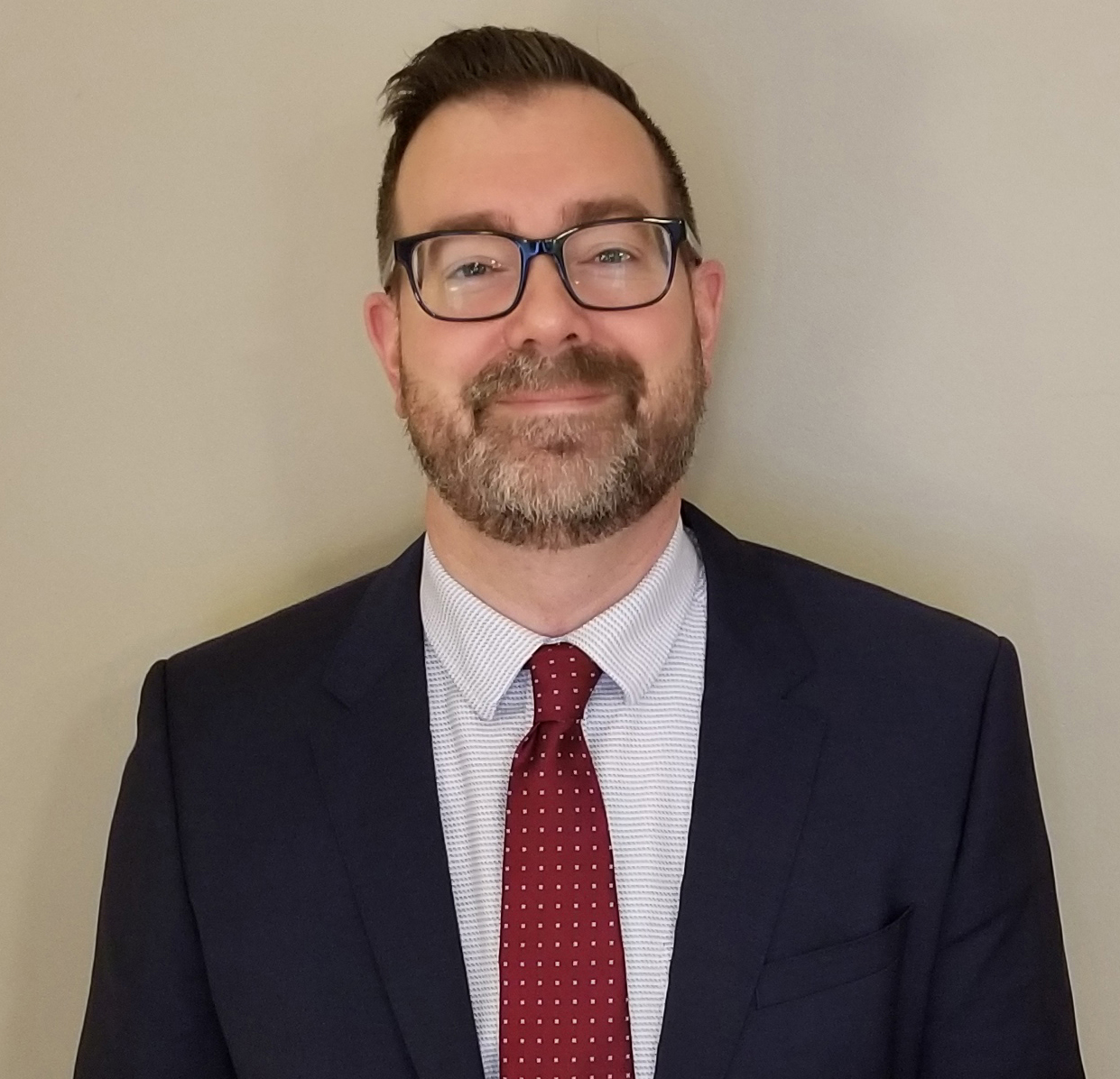
LEAWOOD, Kan.—Nexstar Media Group and E.W. Scripps have been working to make profitable ATSC 3.0 datacasting a reality for more than a year.
Their datacasting joint venture, OTA Wireless, covers a huge swath of the United States with broadcast signal, giving potential customers wishing to reach devices ranging from Internet of Things (IoT) devices to car makers an affordable alternative to unicast wireless network data distribution.
Working with companies like HPE and Sony—as well as the 3.0 deployments of both companies, OTA Wireless has put in place the pieces necessary for success. For example, during the video conference interview conducted for this Q&A, OTA Wireless’s HPE broadcast core network was used to instruct Scripps 3.0 stations in Detroit and Kansas City, Mo., to begin datacasting Leo Tolstoy’s “War and Peace” in mere moments.
In this, the first of a three-part interview, Nexstar Media Group executive vice president and CTO Brett Jenkins and E.W. Scripps vice president of strategy and business development Kerry Oslund, discuss the beginnings of OTA Wireless, the importance of creating a new revenue stream for broadcasters, moving beyond the ATSC 3.0 lighthouse to 1.0 nightlights and the heads 3.0 datacasting is turning outside the broadcast industry.
(An edited transcript.)
TVTech: What was the genesis of OTA Wireless?
Kerry Oslund: It was a call in late 2022 from Brett [Jenkins]. We talk regularly about many things, but he had been doing some of the same work I had been doing on looking at maps of broadcast spectrum. Where we had licenses, and I think he was the first to notice they [Nexstar Media Group] cover a lot of the country, and we [E.W. Scripps] cover a lot of the country, but if you put it all together, we cover almost all of the country.
That led to us saying, “We’ve got to do something more demonstrative than a PowerPoint and theoretical discussion about what we might be able to do.”

We quickly realized what talents and acumen we had and which talents and acumen we did not have. We went out, and we found some partners to help us to build our dream. HPE was one of those partners and Sony was the other.
Brett Jenkins: That’s exactly what happened. There are a lot of different benefits that could come from NextGen TV, but I think a couple broadcasters in particular have from the start sort of leaned into this idea of creating what, frankly, could be, and we think will be, a completely different revenue stream differentiated from the rest of the business.
We think that's both sort of a logical use of the spectrum assets that we steward as well as a really smart way to bolster the business [and] provide some diversification of revenues, which I think is good for any business.
Our industry is challenged and under the gun from, mostly unregulated tech giants who are creating a lot of disruption and change in the marketplace, and it becomes difficult for us to compete.

To keep the mission going, quite frankly, I think that's a piece where Kerry and I, you know, see eye to eye, and we talk about a lot. This is a chance for us to just improve our businesses so that we can keep doing what we have done in serving our local communities with news and information and serving those local businesses with the marketing opportunities for them to grow and thrive and employ people in those communities.
It really started with a math calculation. It started with that, “Hey, who's interested?” Quite frankly, it's hard to herd cats in any industry, probably particularly in the broadcast industry. So, you've got to make sure you have a coalition of the willing for operational simplicity.
I think the fewer folks in the room to make decisions, the easier it's going to be to achieve consensus. So, we just happened to notice that if you put Nexstar and Scripps together—the two largest spectrum owner-operators in the country—you reach just with the two companies over 93% of TV households calculated by DMA.
KO: We’d be remiss in not mentioning that our CEOs quickly bought into this and then started to run with it. You’ll remember BIA Advisory did the study that put some really big numbers [on the revenue potential of ATSC 3.0-based datacasting].
Then Perry [Sook, chairman/CEO of Nexstar] on one of his analysts calls talked about this as a possible replacement for retransmission consent revenue.
When the father of retransmission consent revenue says something like that, it’s an E.F. Hutton moment where you have to listen.
We have done a lot more math. That's probably half of what we do anymore—just doing the math. But we took a look at those big numbers. We asked ourselves, “OK, what is our share of that number? And then we asked ourselves, [with an awareness] that [the BIA Advisory number] is based generally on supply, “What is the demand out there?”
So, we have done demand studies, and that $15 billion pie has shrunk down as we went from TAM [total addressable market] to SAM [Serviceable Available Market] to SOM [Service Obtainable Market].
When we got down to that obtainable market, that number was still so compelling that we said, “OK, let's form a business together.” That's what we did in 2023. We formed OTA Wireless. So, we’re working together, financing technological builds in 2023. In 2023, the numbers suggested it's time to turn this into a business.
TVTech: Under the lighthouse model around which the 1.0 to 3.0 transition is taking place, stations generally share a stick and channel to get on air with NextGen TV. How much bandwidth is left over to support a new service like datacasting?
BJ: Although it's very much an engineering answer—and I always joke about this—it depends. Some markets are more stacked than others. There are several markets where we have lots of bandwidth. We look at markets where there are multiple lighthouses and those are probably the markets where there's more spectrum available for other business activities.
So, it's hard to give you one answer. I would say this, we think there are plenty of business opportunities that don't take a ton of capacity that we could stand up in the early days of the transition and make a real business.
Certainly, we can stand up more businesses as we get through the transition and more bandwidth becomes available. Once there is a real business opportunity and there's cash flow being generated… you have the potential for almost a gold rush of people saying, “I've really got to figure out a way to get my spectrum onto the new standard.”
I can tell you from field tests [of ATSC 3.0] that it performs so much better for the core business and the new businesses. Once people start realizing that, they're going to say, “We’ve got to lean in and figure out a way to get more spectrum converted.”
KO: These are not just broadcast engineers saying that it performs. Now we have engineers from other segments that are going along for the ride and watching, the performance of ATSC 3 in mobile environments with data and entertainment. They're beyond [understanding] that it works. Now, they want to understand the business model and how we move that forward.
That's where a lot of our focus is now. Education and awareness for sure, because we are entering new market segments. When you say, “Did you know that we can deliver mobile wireless data over TV signals?” even very sophisticated engineers will sometimes say “What?” They're very interested, and then we quickly get to the business models.
A large part of the business model with one-to-many technology is how much money we can save those data customers on the download side. T-Mobile, Verizon or AT&T are charging 5x for bandwidth, and we're able to charge 1x.
When you start throwing in the idea that if in fact you need entertainment services, whether that's TV or radio, or you need other services like enhanced GPS, then that becomes all the more interesting for some of these potential customers.
[Editor's note: Part 2 of the series can be found here.]







